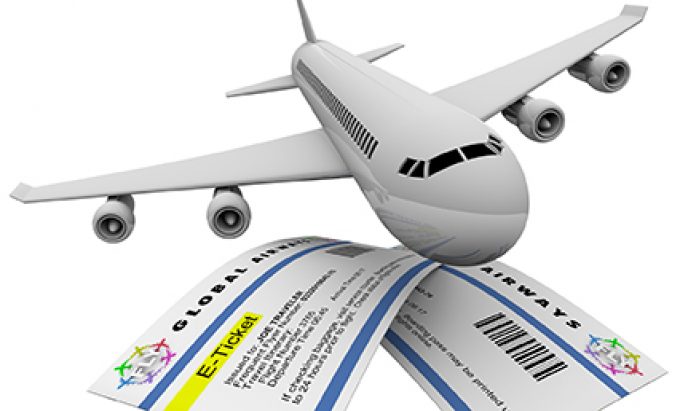Tradelanes: Oceania – limited choice for exporters as demand grows
Exporters in Australia and New Zealand have been left with limited ocean options as a ...

Inspired by The Loadstar’s recent interview with Lufthansa Cargo’s Alexis von Hoensbroech, the founder of Freightos, Zvi Schreiber, looks at which directions the air carrier market needs to evolve towards in order to keep the competitive tech edge.
Thesis: The air travel industry was one of ...


Comment on this article